
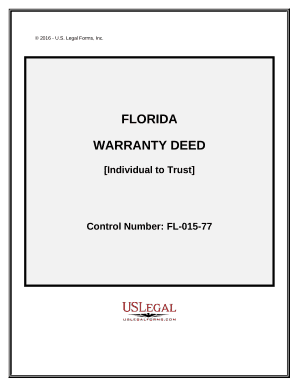

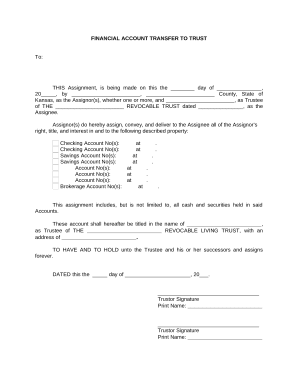
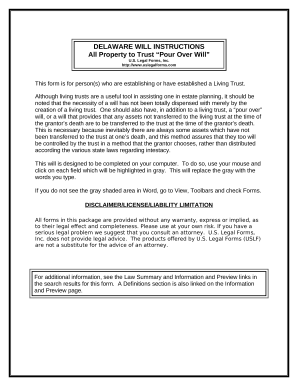
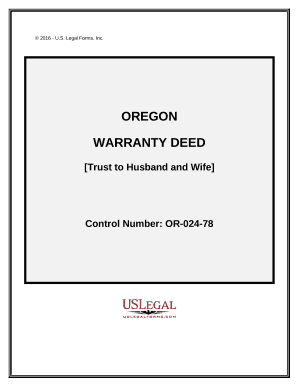
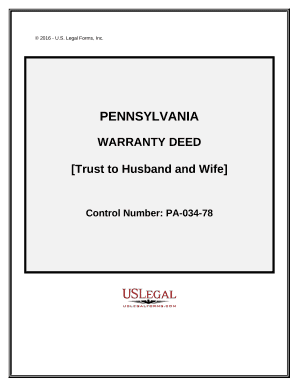
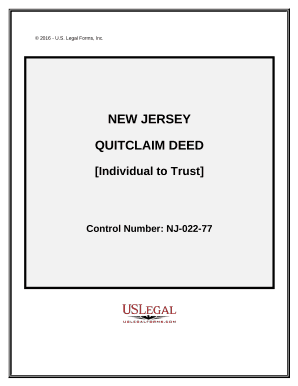
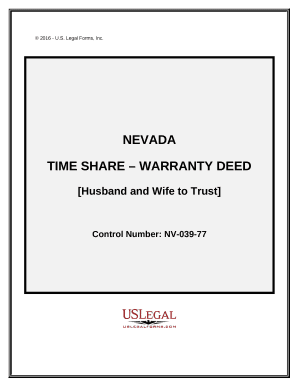
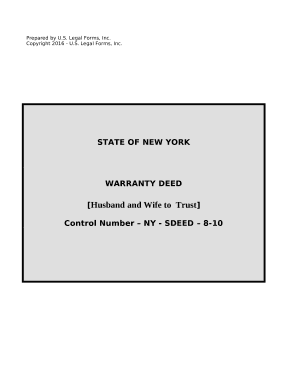
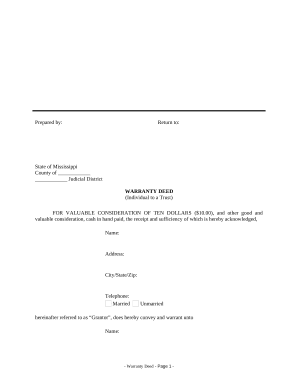
Your workflows always benefit when you can obtain all of the forms and files you may need on hand. DocHub gives a a large collection document templates to relieve your everyday pains. Get a hold of Trust Property Transfer Documents category and quickly find your document.
Start working with Trust Property Transfer Documents in several clicks:
Enjoy effortless form managing with DocHub. Discover our Trust Property Transfer Documents online library and get your form today!